Comprehensive Waterproofing Systems

Durable membranes are installed along basement walls to prevent water ingress, providing a reliable barrier against moisture penetration.

Effective drainage solutions, such as interior and exterior drains, help redirect water away from the foundation, reducing hydrostatic pressure.
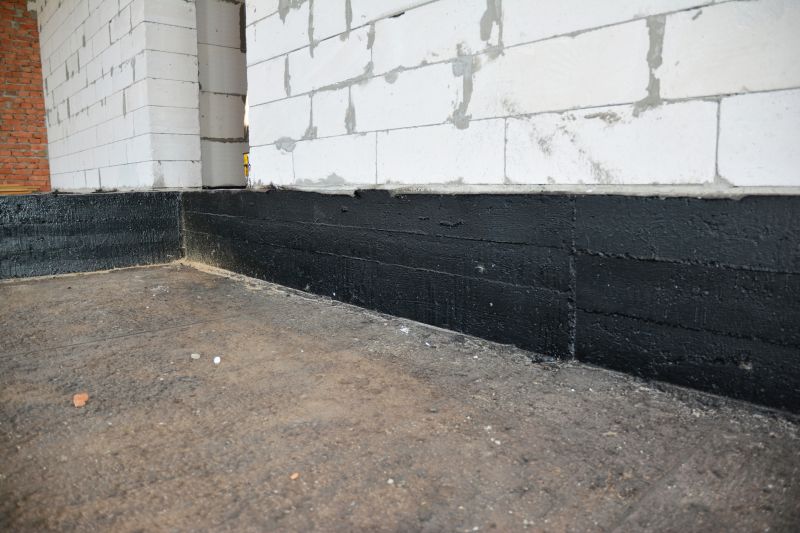
Specialized sealants and waterproof coatings are applied to basement surfaces to block moisture and protect against leaks.
Basement waterproofing is a critical component in maintaining the structural integrity and dryness of a building's foundation. Proper waterproofing can prevent water intrusion, reduce mold growth, and protect stored possessions from water damage. Studies indicate that waterproofed basements experience significantly fewer moisture-related issues, leading to lower repair costs over time. Implementing effective waterproofing measures can also enhance indoor air quality by minimizing mold and mildew development.
The process of waterproofing involves a comprehensive assessment of the basement's condition, followed by the installation of barriers such as membranes, drainage systems, and sealants. This process typically requires several days to complete, depending on the size and complexity of the space. Proper preparation, including cleaning and surface repairs, ensures the longevity and effectiveness of the waterproofing system.
Professional waterproofing usually takes between two to five days, depending on the project's scope and site conditions.
The process includes surface preparation, application of waterproof membranes, installation of drainage systems, and sealing of penetrations to ensure a dry basement environment.
Professional waterproofing ensures proper installation, adherence to building codes, and long-term effectiveness, reducing the risk of future water issues.

Showcases a fully waterproofed basement with seamless membrane application and drainage systems installed.
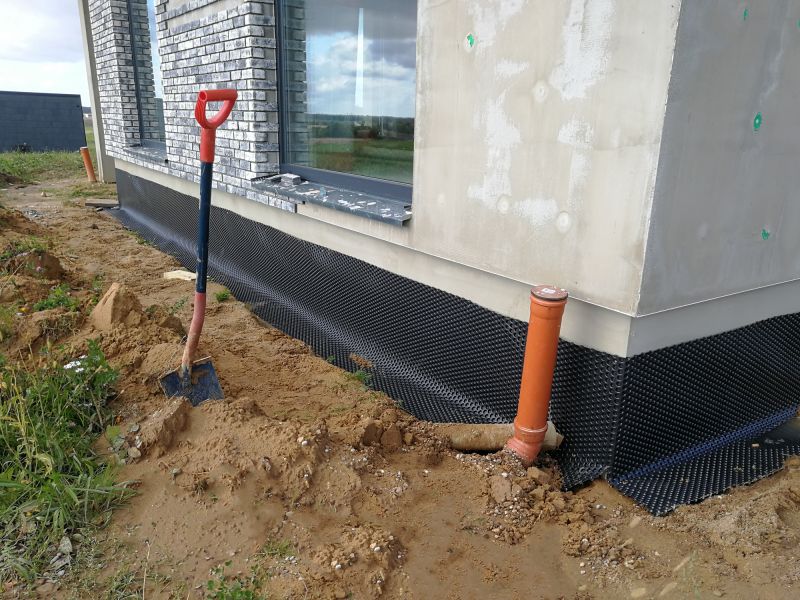
Displays an interior drainage setup designed to channel water away from the basement walls efficiently.
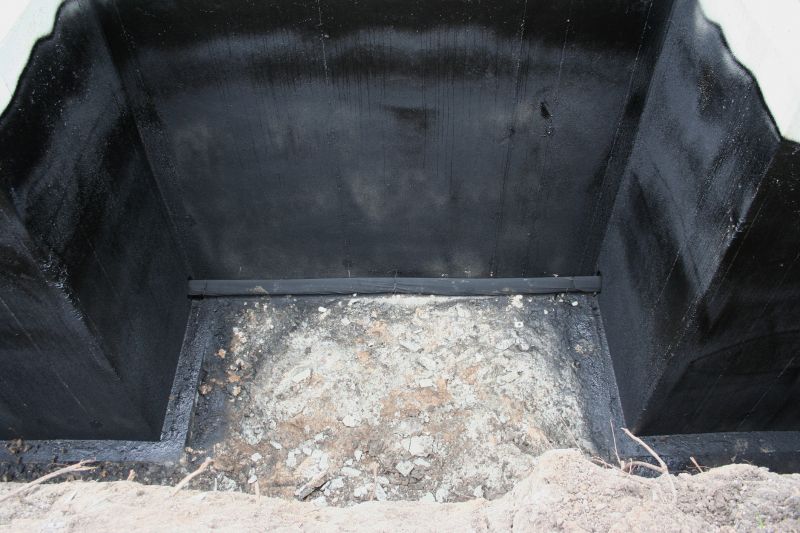
Features a dry, finished basement space after waterproofing, highlighting the effectiveness of the system.
Properly waterproofed basements can significantly improve the usability and value of a property. They help prevent structural damage caused by water infiltration and reduce the need for costly repairs. Ensuring a dry basement environment also contributes to healthier indoor air quality and can prevent the growth of mold and mildew, which are common concerns in moisture-prone areas.
| Aspect | Details |
|---|---|
| Average Installation Time | 2 to 5 days depending on project scope |
| Common Waterproofing Methods | Membranes, drainage systems, sealants |
| Cost Factors | Size of basement, type of system, extent of damage |
| Maintenance Needs | Periodic inspections and minor repairs |
| Longevity | 10 to 30 years with proper upkeep |
| Impact on Property Value | Increases due to improved durability and dryness |
| Environmental Conditions | Effective in both wet and dry climates |
For those considering basement waterproofing, consulting with experienced professionals ensures the selection of the most suitable solutions. Proper installation and maintenance can extend the lifespan of waterproofing systems, providing long-term protection against water intrusion and related issues.

A basement space that remains dry and functional after waterproofing installation.
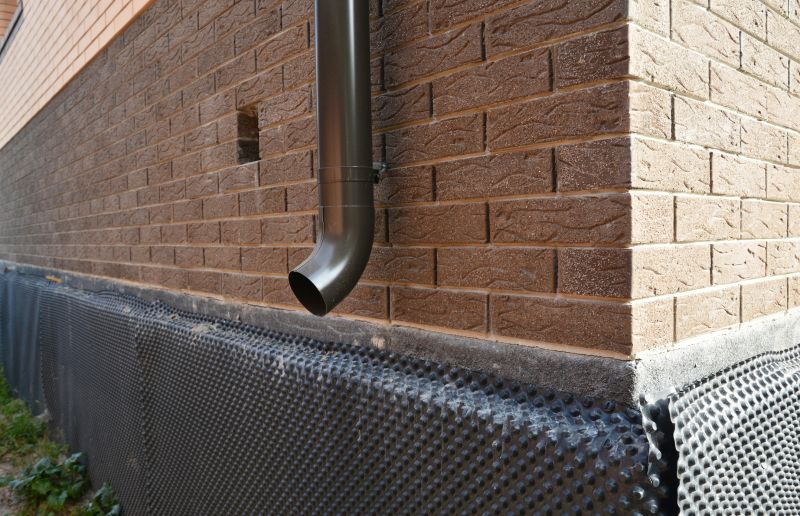
Detailed view of membrane and drainage system components installed along the foundation.
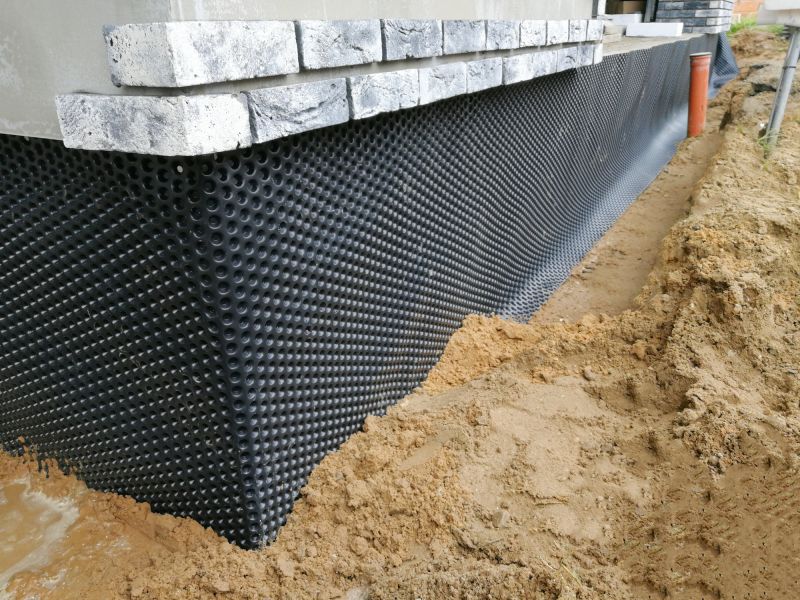
Shows waterproofing membrane being applied to the exterior foundation wall.
To ensure the effectiveness of basement waterproofing, it is recommended to fill out a contact form to receive a detailed quote. Professional assessment and installation can help maintain a dry, structurally sound basement environment, protecting the property and its occupants.
